How To Relieve Carpal Tunnel Pain: Effective Relief Techniques and Tips
Carpal tunnel is a pesky condition. It refers to either damage or impingement of the median nerve. The median nerve runs through the carpal tunnel in your arm.
This commonly manifests as pain in the following areas:
- inside the elbow
- numbness
- tingling
- and pain in the hand, especially the index finger
- may even result in loss of motor control
Because it can directly affect our hands, carpal tunnel syndrome can feel threatening beyond its symptoms.
But fear not, you’ll learn how to relieve carpal tunnel pain in this article. The implementation of techniques early and effectively can make all the difference in handling this pesky situation. Plus, a bit of maintenance could be enough to get you back to functional and pain-free in no time.
Before we get into that, I’d like you to get a simple understanding of how carpal tunnel happens.
What Causes Carpal Tunnel Syndrome?
Most commonly, carpal tunnel syndrome is a result of wrist injury, either acute or chronic. Repetitive use of the same positions, such as holding your cell phone or chronic typing, can contribute to carpal tunnel. Hobbies, such as playing guitar, rock climbing, or overdoing it on the tennis court, are also good culprits.
Not that any of these activities are bad to do. But too much time spent flexing the wrist, hand and fingers without proper mobility maintenance can lay the groundwork for issues.
Another thing to look at is your elbow. If you have ever experienced tennis or golf elbow (pain on the inside or outside of the elbow joint) this can be a clue to where the nerve compression is happening.
Neck or shoulder injuries, pain, tightness, or general dysfunction can contribute to carpal tunnel. Although, they happen less than ulnar pain, they do contribute to this problem.
For example, rotator cuff tears (a shoulder injury) increase carpal tunnel risk. Typically though, if you have pain in the shoulder alongside symptoms of carpal tunnel, it’s being caused by the nerve compression lower in the arm.
With how many of us sitting at desks typing away all day, carpal tunnel can be a real concern and danger to our livelihoods. You can’t resort to open surgery to fix it.
Good news, however: If you start experiencing carpal tunnel symptoms, you can rely on mobilizations. Just make sure you do them as soon as possible:
How to Ease Carpal Tunnel Pain
Let’s look at ways you can reduce inflammation and ease your pain:
Desensitization
Once experiencing pain, numbness, or discomfort, the first thing we want to do is desensitize it. While we typically don’t recommend using anti-inflammatory drugs (NSAIDS), they can offer quick pain relief. That being said, the pain will keep coming back.
Turning down the pain signal is paramount for getting back to our daily lives and moving forward, which in turn lowers stress.
With carpal tunnel syndrome, we want to address the major areas where compression could be occurring, starting with the wrist.
Now, the wrist joint is a complex structure. It has all sorts of bones, nerves, muscles and ligaments all in one place. You may need to experiment a bit to find something that relieves your symptoms. Here are some ideas:
Gua Sha
Gua sha is an old technique dating back millenia. It fundamentally involves scraping your tissues using a smooth blunt instrument, either an actual gua sha device like the leopard claw or the blunt side of a butter knife or similar tool.
Gua Sha can simulate blood flow and decrease congestion in your tissues. Using Gua Sha on your forearms and near the hands and wrists can help to improve blood flow and decrease carpal tunnel symptoms.
This video is from the tennis elbow protocol, but the same principles work for carpal tunnel. You can follow it exactly, or put more emphasis on your forearm and the tissues near your wrist. You can experience relief from carpal tunnel this way,

Forearm Mobilization
One of the most powerful tools you can have in your mobility gearset is what we call a peanut. You can either use our ergonomically designed device called the Gemini or you can tape a couple of lacrosse balls together. You’ll also need a single lacrosse ball in addition to do this mobilization.
You can do this while you’re at the desk, watching TV, or have a few spare minutes after eating. We can use it to address the flexors and extensors in your forearms and help desensitize some of that carpal tunnel barking.
Rx: 5-15 minutes of Desensitize Mobilizations Daily
Do at least 5 minutes of desensitization mobilizations per day. This means at least two and a half minutes per side per mobilization.
Restore Function To The Carpal Tunnel
Now that we have a couple tools for desensitizing pain, we can move on towards resolving the original cause of said pain. This completes the 1-2 punch needed to treat carpal tunnel syndrome more long-term.
Restore techniques can also help with pain. Their main focus is restoring tissues to a state of health, rather than of dysfunction.
When it comes to carpal tunnel, we want to focus on restoring function at the wrist primarily. Carpal tunnel often occurs as a result of a flexed curled inward position of the wrist and elbow. Think of your hand when holding a cell phone tightly, or the posture of a guitar player’s wrist.
Mobilizing away from these positions, and promoting blood flow can help reopen the carpal tunnel to relieve compression. There’s no need to wear a splint!
We also want to spend some time working on the elbows, and perhaps the shoulders.
VooDoo Floss Your Wrists & Elbows
Voodoo floss is a great tool for dealing with pain and pins and needles. It can create high amounts of compression, which upon removal causes a flushing of blood through tissues that may not be receiving enough.
It’s especially effective for wrist pain and issues. Wrapping your wrist with voodoo floss and then getting into a push-up position can open up the tissues that may be compressing the median nerve. You can also do the same with your elbow, to get increased blood flow there.
This video is about using a voodoo floss band near the elbow. You can also wrap the band around your wrist, and follow the same principles. Both will help for carpal tunnel issues.

Punch Bully Banded Distraction
Banded distractions involve using a resistance band to open up tissues and move joints back into a healthy position. The punch-bullying banded distraction is great for carpal tunnel.It addresses the wrist,elbow and shoulder in the opposite direction from what classically causes carpal tunnel.
This opener can really cover your back to make sure the elbow and shoulder are being addressed while you focus on the wrist and other mobilizations. It can also address anything going on with your posture up by your neck that could be contributing to the carpal tunnel.
Rx: 5 – 15 minutes daily
Do at least 5 minutes of restore mobilizations per day. This means at least one mobilization for two and a half minutes per side. You can combine your desensitizing mobilizations and your restore mobilizations in one session or you can separate them.
Some enjoy using restore mobilizations before workouts or at the beginning of the day. You can also do desensitizing mobilizations before bed. The right time is the one that works for you.
Prevent Future Carpal Tunnel
Hopefully, your carpal tunnel syndrome is improving with desensitizing and restoration techniques. But it won’t do you much good if you go right back to the positions that brought about carpal tunnel in the first place.
Preventing future incidences first requires an examination of what got us here in the first place.
If a sport or something like guitar playing contributed to your carpal tunnel, I’m not here to ask you to stop doing what you love. Just realize that for every hour of time spent in sport, you should be doing some daily mobility to restore function.
If your work environment is the culprit, then think about how you can make alterations to help you move away from the positions that are causing your carpal tunnel to play.
A big one can be transitioning to an ergonomic keyboard and mouse which allow your hands to type with less compression.
Other options are using a standing workstation, or a Varidesk laptop stand to let you sit on the floor while you work. These will have more of an effect on your shoulder position, it also offers slight alternatives for the angles of your wrist while typing or working.
I also highly recommend making sure you get 8,000 steps a day minimum. Stagnation, AKA lack of movement, in and of itself can make you more prone to pain and other health problems.
Get Carpal Tunnel Pain Relief
Carpal tunnel can be especially scary by affecting our hands, the fundamental things that make us humans truly unique and allow us to interact with and manipulate our environments.
It can sometimes be difficult to address carpal tunnel because we use our hands so much. On our own, it’s unlikely we’ll be able to provide the rest necessary for this issue to self resolve.
The first objective is to lower the sense of crisis and panic by desensitizing our tissues and getting some relief from symptoms.
Once we have achieved this, we can move forward with restoring optimal positions opening up the carpal tunnel.
Then, as one might naturally expect, it’s all about prevention. Engaging in daily maintenance for our wrist and elbow mobility if we engage in a sport or hobby that can promote carpal tunnel syndrome, as well as optimizing our movement levels and our workstations to take some load off of the relevant tissues.
Carpal tunnel syndrome does not have to be a condemnation. You can manage it yourself in most cases, but if the techniques here don’t fix the issue, they can still improve outcomes of surgery or other deeper interventions.
Before going there though, you may want to consider a our tennis elbow pain protocol so you can make sure you’ve really done everything you can before resorting to invasive therapies.
Good luck, have fun, ask questions, and keep improving your ready state.
How To Relieve Carpal Tunnel Pain FAQs
What is the most effective pain relief for carpal tunnel?
The desensitization mobilization method is an effective way to relieve pain caused by carpal tunnel syndrome. A variety of techniques such as Gua Sha on the forearms, forearm mobilization with peanut or lacrosse balls, as well as Voodoo Floss for the wrists and elbows are recommended.
Using these techniques, you can reduce congestion and improve blood flow. They’re all critical to alleviating carpal tunnel symptoms.
How do you release the carpal tunnel nerve?
Desensitization mobilizations also take the cake on this one. These movements help carpal tunnel pain and restore optimal positions to relieve nerve compression. Also, making lifestyle changes, ergonomic adjustments, and mobility exercises can relieve pressure and prevent future incidents.
Can you massage out carpal tunnel?
Yes, using tools, such as Gua Sha with forearm mobilization can be very effective. Massaging the affected area can alleviate carpal tunnel symptoms. But you have to be cautious and gentle to avoid exacerbating it.
Can you live with carpal tunnel without surgery?
Self-care techniques can be enough to improve carpal tunnel syndrome. If conservative measures do not provide sufficient relief, surgery is the only option. But I strongly suggest exploring noninvasive options first.

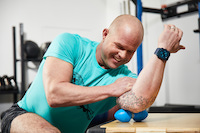
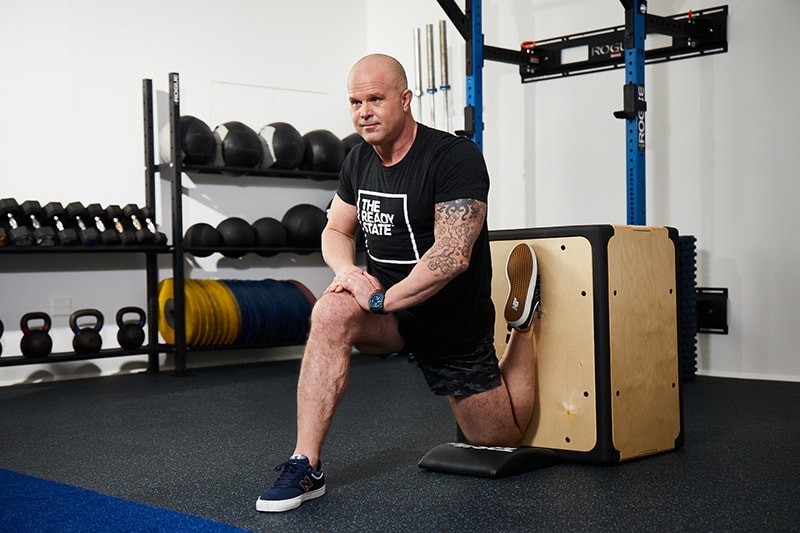
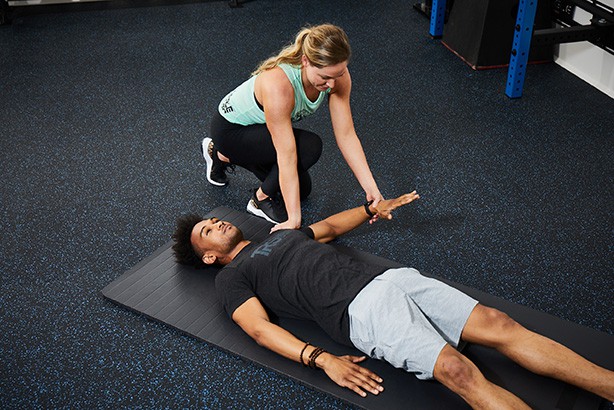
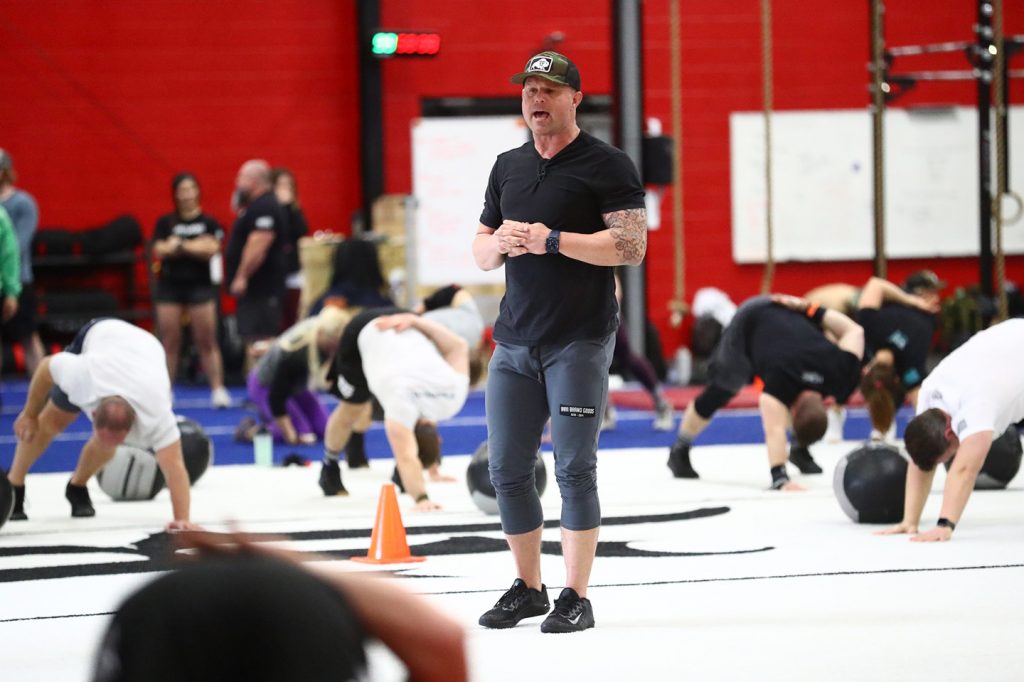
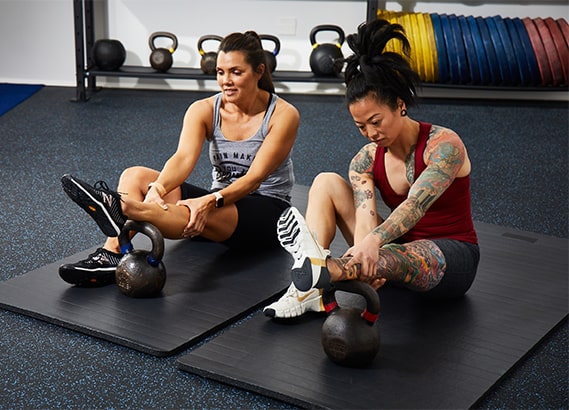
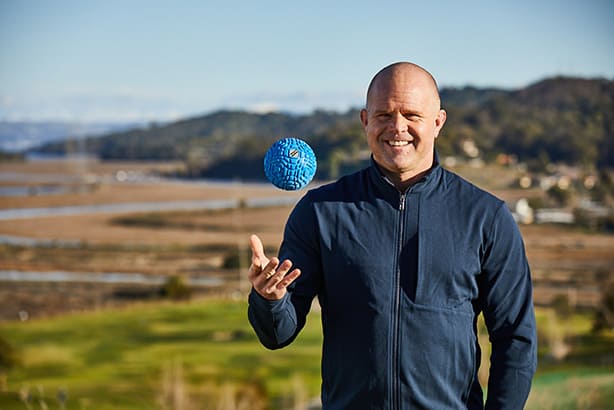
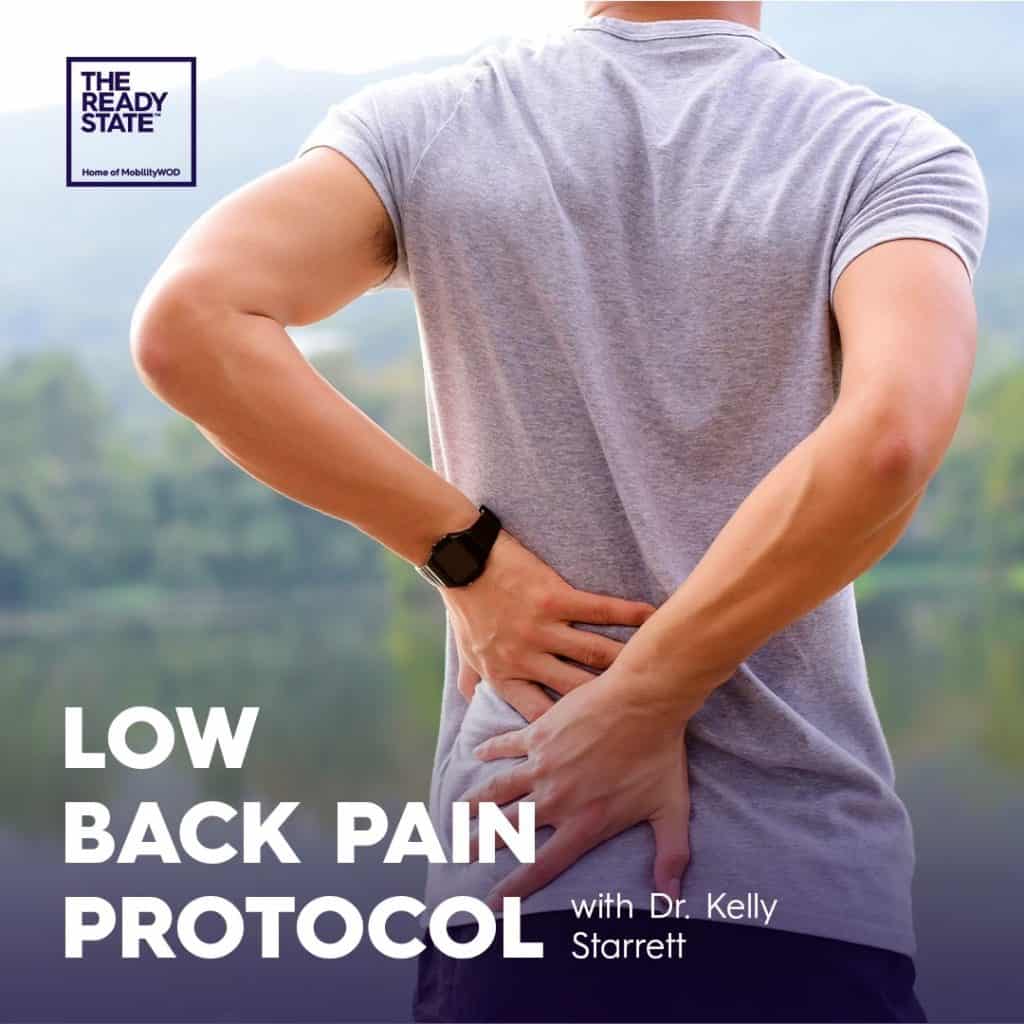

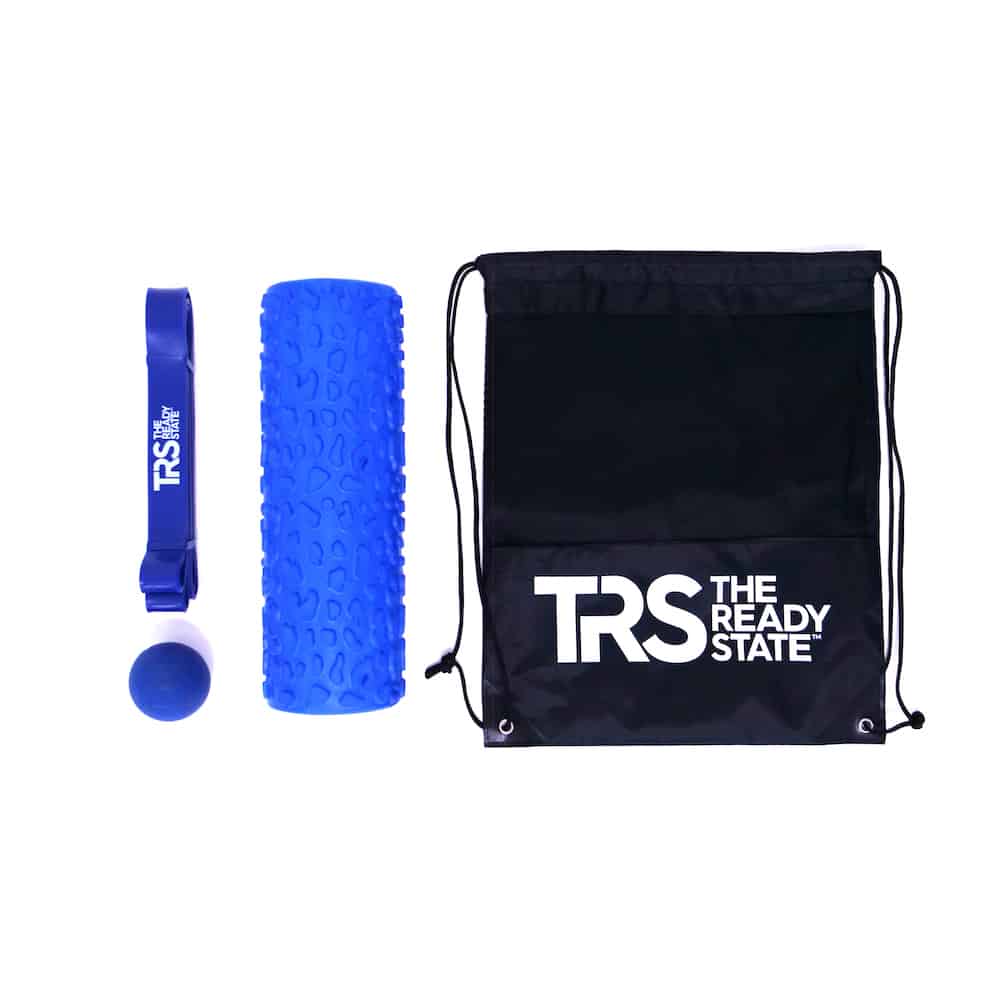
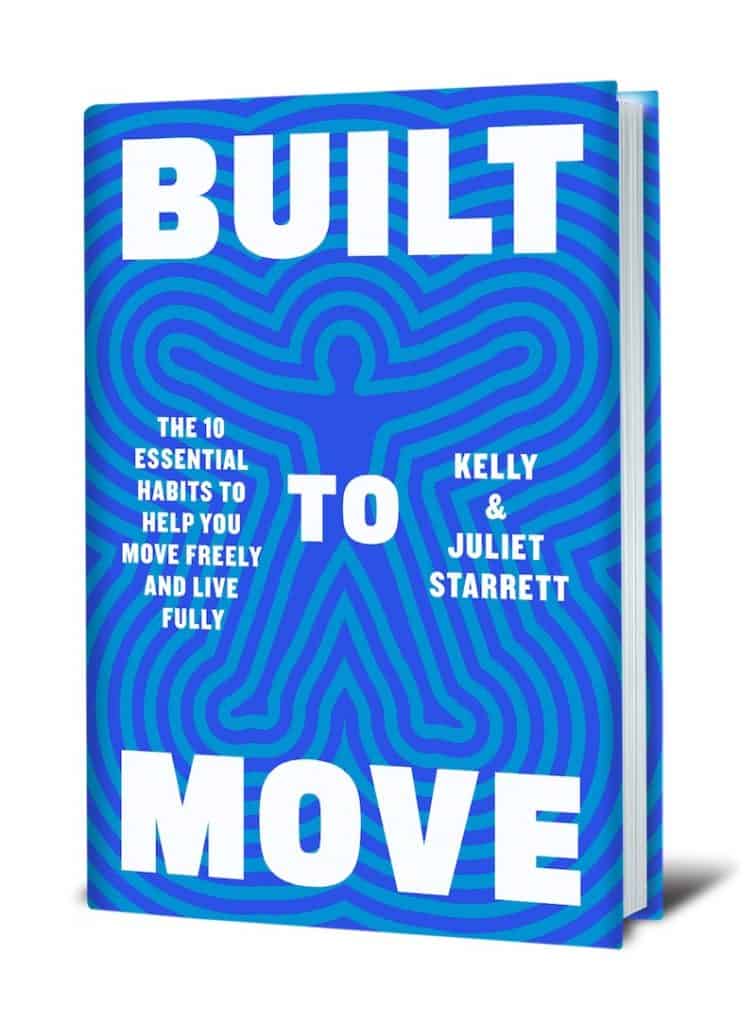








TRS Virtual Mobility Coach
Guided mobilization videos customized for your body and lifestyle.
FREE 7-Day Trial